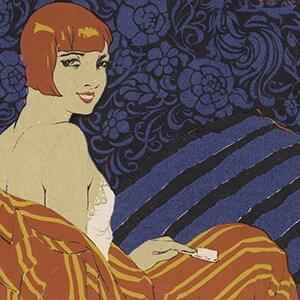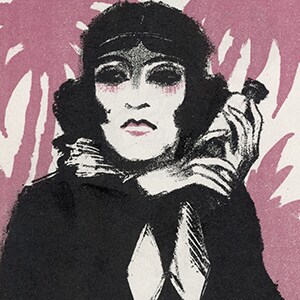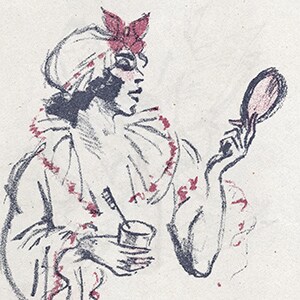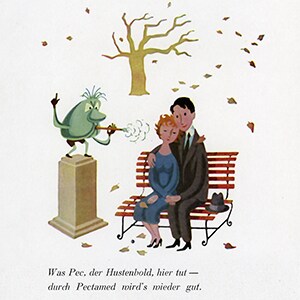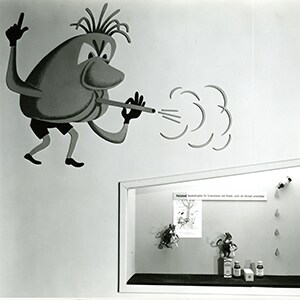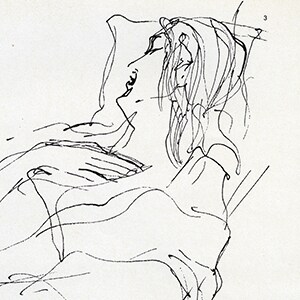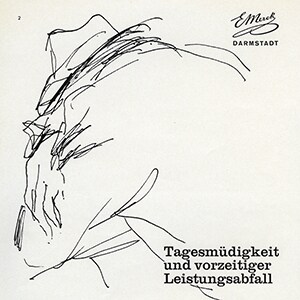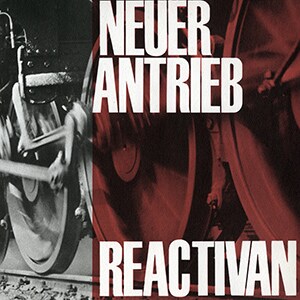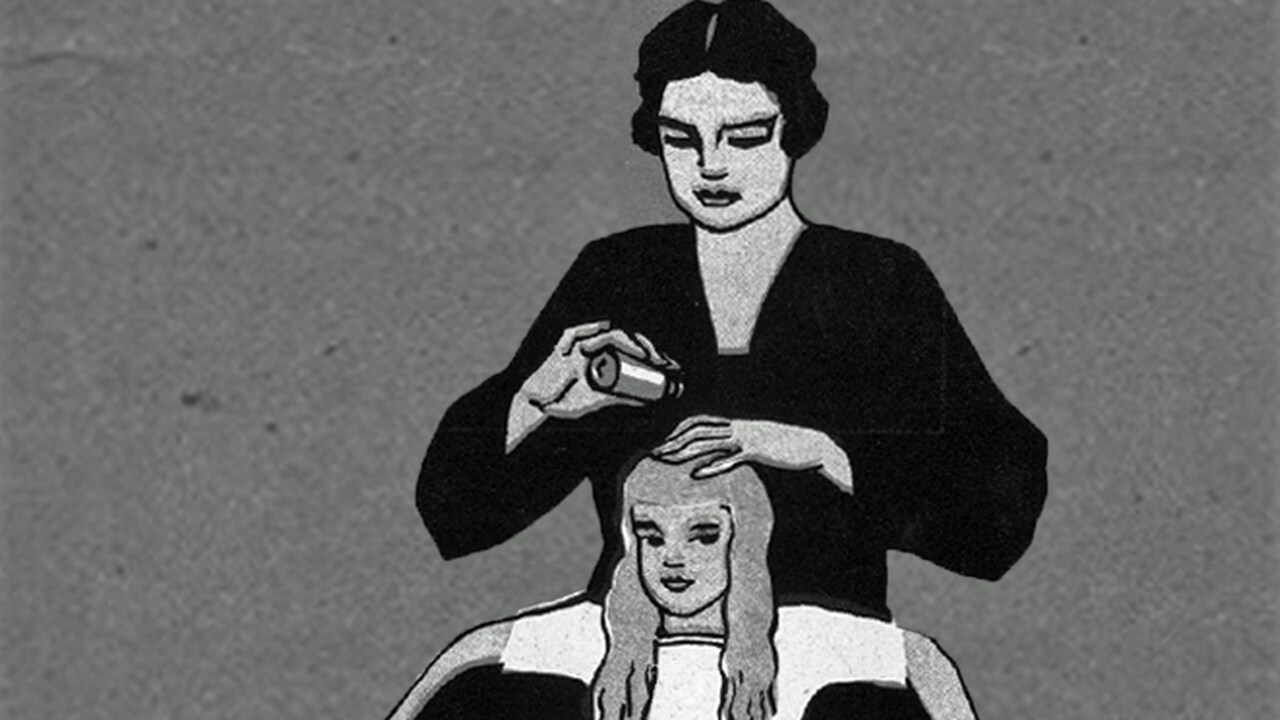
»When Pec the Cough Gnome makes people wheeze and hack, Pectamed helps get them back on track!«
Pectamed advertising slogan, 1953
These days, advertising is a constant companion. Derived from the Latin word »advertere«, meaning to »turn towards«, the term comes fully into its modern meaning, with an »advertissement« being a statement that draws attention, usually for the purposes of selling a product or service. Advertising represents a sort of oppositional interplay between buyers and sellers, but is also a reflection of the culture and an expression of societal values. Every era has its own sort of advertising that also conveys an idealized world.
At first, marketing is intended to communicate factual information to professionals. At the beginning of the 20th century, advertising for company products receives an additional target group: the patients themselve. This is promoted also by the introduction of the of »pharmaceutical special preparations«. Veronal is one of the first such specialty medicines. Launched in 1903, this barbiturate is so well known that it is even mentioned in contemporary literature.The 1920s are a period of intense economic and social change. More and more money is being spent on advertising, making use of all available communication media, including newspapers, shop windows, billboards, and movies.
In the 1950s, customer expectations undergo yet another transformation, and the company responds to these new changes with a particularly imaginative, visually impactful series of ads. Company partners with artist Dorothea Fischer-Nosbisch to design an extensive campaign for the cough medicine Pectamed. A little green gnome dressed in nothing but shorts blows cough germs onto a young couple. »Pec the Cough Gnome« becomes the company’s first advertising mascot. The campaign presents a variety of day-to-day situations in which Pec preys upon the young couple. The advertising is so successful that the company even sells the cough gnome as a Steiff brand stuffed animal, which eventually becomes a coveted collectible. Reactivan is launched in 1960. This stimulant stimulates the cardiovascular system and is intended to enhance performance. One poster series depicts highly stylized, sketch-like versions of people who are exhausted and weakened, in contrast to another series featuring large-scale, highly detailed photographs of steam locomotives going »full steam ahead«. Even the text differs between the two sets of advertisements. Phrases such as »don’t feel like working«, »dropin performance« and »daytime exhaustion« indicate the conditions faced by the »roughly sketched« individuals, providing a stark contrast to the »fresh drive« of the technological motif. These opposing sets of imagery complement each other, creating a unified message that seizes on the new zeitgeist of a performance oriented society.
After World War I, advertising becomes increasingly visual in nature, with high artistic ambition. The posters for the company commissions painter and graphic artist Georg Johann Köhler to design for hydrogen peroxide and the disinfectant Cuprex are small works of art. In 1926, his piecesare put on display in the »Kunsthalle Darmstadt« (Darmstadt Art Gallery).
Dorothea Fischer-Nosbisch is a German graphic artist and postage stamp designer. In 1937, she starts studying at the Städelschule academy of fine arts in Frankfurt am Main, founding a design group called »novum« at the end of the 1950s. From 1953 on, she works with the company graphic art studio to design the commercial art for Pectamed.
The Reactivan posters demonstrate how advertising messages sometimes also reflect the realities of people’s lives. Concerns such as no longer being able to keep up at work are expressed both through the text as well as the graphic design. Enacted in 1978, the »Heilmittelwerbegesetz« (German Health Services and Products Advertising Act) precisely stipulates the manner in which medicinal products may be advertised.

